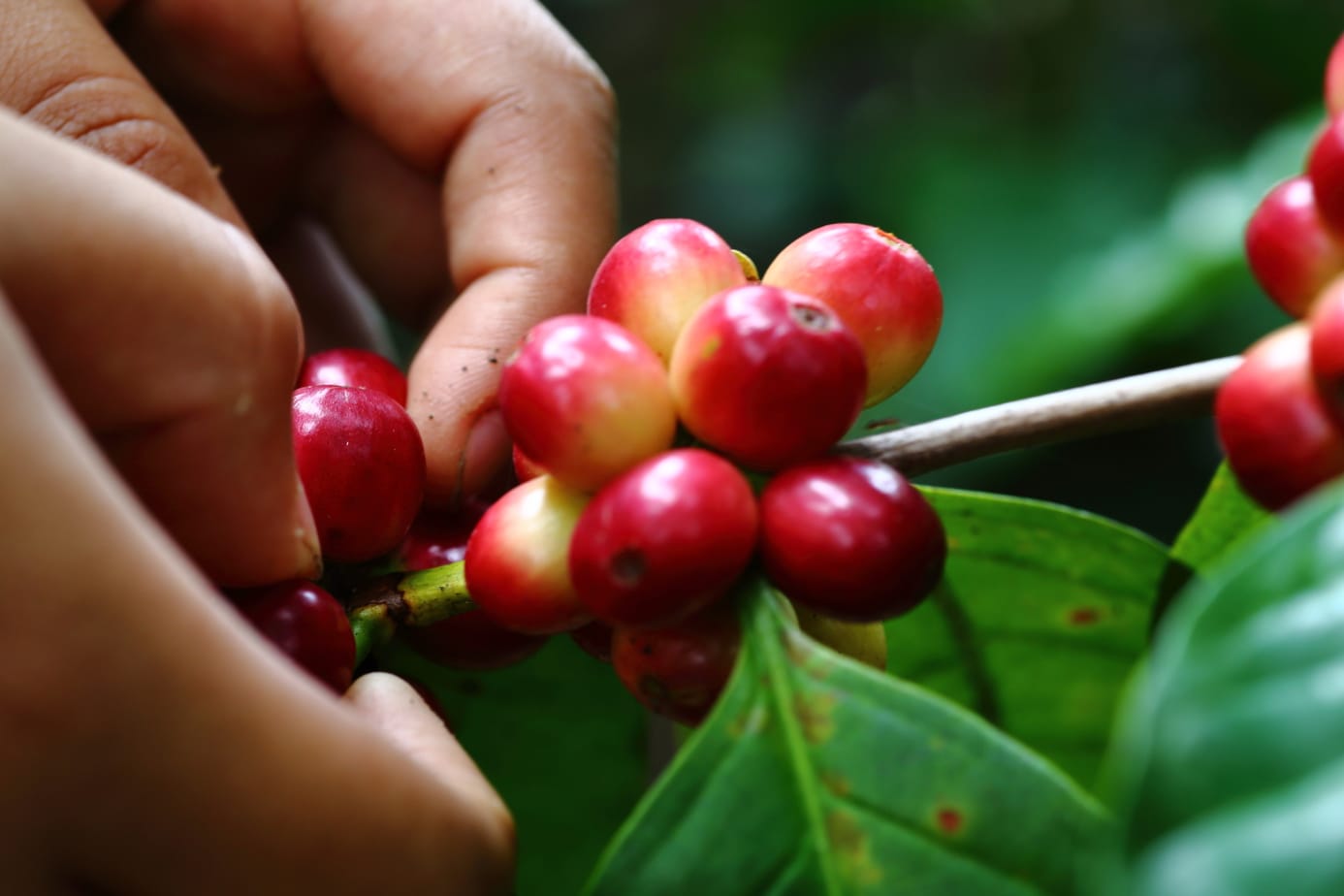Bolivia is a landlocked country with wildly ranging geographical regions: to its west are the Andes, the longest mountain range in the world. The lowlands to the east are deep within the Amazon Basin. This is not just for the benefit of postcards, Bolivia’s amazing geography means something else: great Bolivian coffee.
Unfortunately, Bolivia is a very impoverished country fighting the old assumption that the only coffee it produces is low-quality and only suitable for blends. It’s essential that reliable infrastructure is put in place to accommodate economical, social, and environmental changes that will spur the promising Bolivian coffee industry.
Coffee Production
Along the Andes Mountains is a long stretch of forest called the Yungas that runs through northern Argentina, Peru, and of course Bolivia – it is very humid and wet… which are the perfect conditions for growing specialty coffee.
This dense, verdant area is in the Caranavi Province just northeast of the large city of La Paz. (Unsurprisingly La Paz has a huge array of cafés to try out, too.)
Approximately 95% of all Bolivia coffee is cultivated here.
The production of the other 5% of Bolivian coffee is carried out in five of the country’s other regions:
- Beni
- Santa Cruz
- Tarija
- Cochabamba
- Pando
Farms
Over the years, reforms by the Bolivian government have led to appropriations of large landholdings and the subsequent redistribution of them amongst rural farming families across the country.
These landholdings have been divided into plots of approximately 1-8 hectares in size. Arabica is the primary variety grown in each of these plots and is mostly grown organically.
Altogether these small plots produce 85%-95% of the coffee exported from the Bolivia region.
Firms And Co-Ops
Privately-owned firms dominate the country’s coffee industry, with 28 of them control over 70% of the trade of coffee exports. The remaining 30% is controlled and traded by the Bolivian coffee cooperatives.
Bolivia’s beans are real jet-setters: most of the green coffee goes all around the world: to the United States, Germany, Japan, and the Russian Federation. That there is a big demand for these beans all over the globe speaks to the quality of the coffee beans from Bolivia.

Social Change
Let’s stick with cooperatives for a second or two. Over the last few years, Bolivian coffee cooperatives have been trying to support the livelihoods of local commodity producers of products such as coffee, bananas, and cocoa.
These groups want to improve the strength of local communities by promoting sustainable agricultural practices that build trust between the farmer and the customer.
Working hard to ensure that their coffee is, for example, shade-grown, fair trade (or even both) means that Bolivian farmers are strengthening their economic infrastructure and these labels drive sales.
With more sales comes the funding for improved training and important social projects.
ANTOFAGASTA
This cooperative established in 1992 near La Paz was one of the first to sell Bolivian coffee through Equal Exchange’s Fair Trade market. Some of the profits made from the coffee sold were able to be funneled back into the local communities and improve the quality of their farmland.
Altitude Is Everything
Bolivian coffee is grown at very high elevation: the caffeinated crop is grown from 800 to 1800 meters above sea level. This means that a lot of it qualifies as Strictly High Grown which is a fancy coffee talk for very delicious, high-quality coffee.
Because it’s cultivated so high above sea level, coffee in Bolivia grows very slowly because of the harsher conditions. This means the beans have much longer to develop their complex flavors. When a high-altitude coffee bean is farmed, it’s much denser with flavor than its low-elevation equivalent.
Climate
Across Bolivia, the climate can vary within each geographic region, but generally, it is humid and tropical. While it might be the worst weather to go for a hike in, it is the best kind for the production of the beans for our favorite caffeinated beverage.
How Does It Taste?
The flavor profile of Bolivia specialty coffee is powerful and well-rounded.
Although it has sweet and delicate flavor notes with a hint of citrus, it is also quite acidic, ranging from medium to high levels.
As the cup of coffee cools, the overtones of caramel, honey, and malt intensify. Mixed with this is a distinct fruity flavor that compliments the caramel-sweetness well.
Now, Time For Some Suggestions
You must know by now that we here at Roasty love dropping in a caffeinated suggestion or two that we think are worth checking out.
Are you curious about what Bolivia has to offer in the way of coffee? It’s a small country, but it sure packs a punch.
RhoadsRoast Coffees, Bolivian Organic 100% Arabica, Dark Roast, Whole Beans
This 2.5-pound bag of organic, Bolivia coffee beans is an excellent way to hit the ground running when it comes to the country’s quality coffee.
Cultivated in the Yungas – the center for coffee production in Bolivia – you can be sure that RhoadsRoast Coffees know their stuff when it comes to choosing the best of what Bolivia has to offer.
With a heavy, nutty flavor and semi-sweet finish, a cup of this coffee will prove hard to resist.
Invalsa “Cafe Valverde”Artisan Roasted Primera Extra Organic Bolivian Coffee, Whole Bean AAA
Under the strict Fair Trade standards, these roasted whole beans are cultivated at the foothills of the Andes Mountains, not to mention they are also shade-grown.
What this means is that the coffee was produced in an economically-friendly way, requiring little to no chemical fertilizers, pesticides or herbicides.
This bag of dark-roasted beans also retains that unique taste and quality of Bolivian coffee: hints of sweetness mixed with a refined acidity.
Which one would you choose?
Stay caffeinated!









